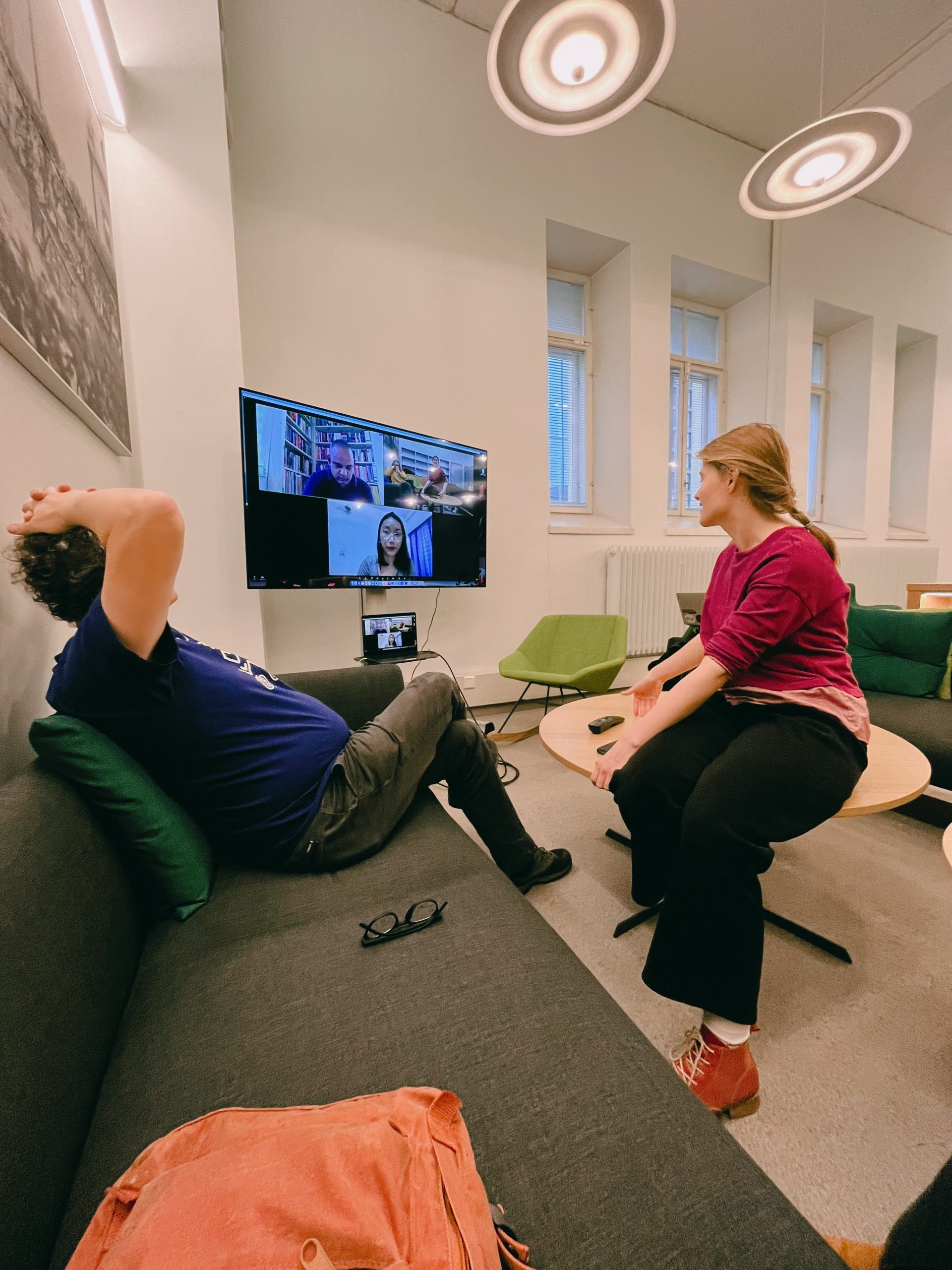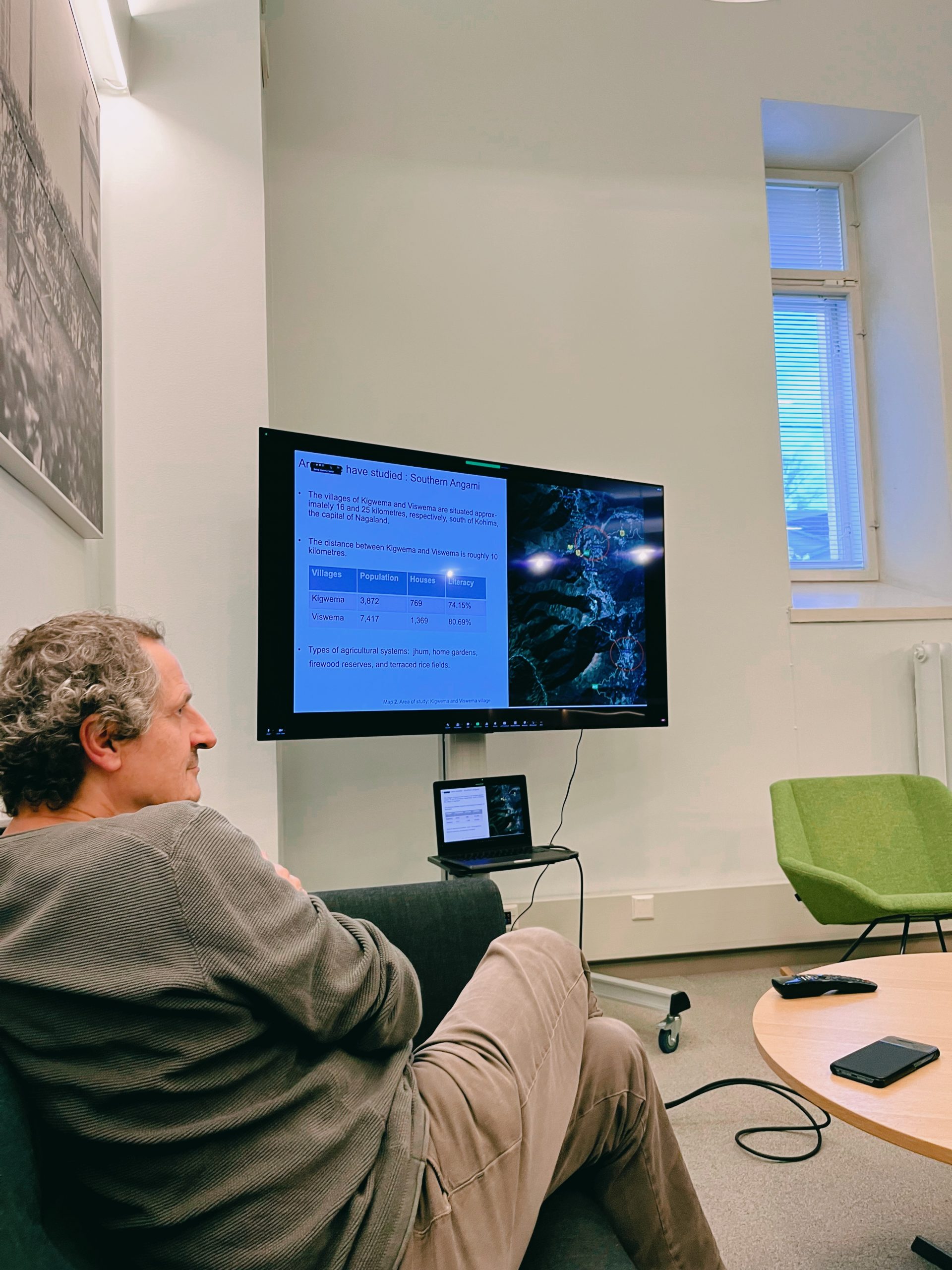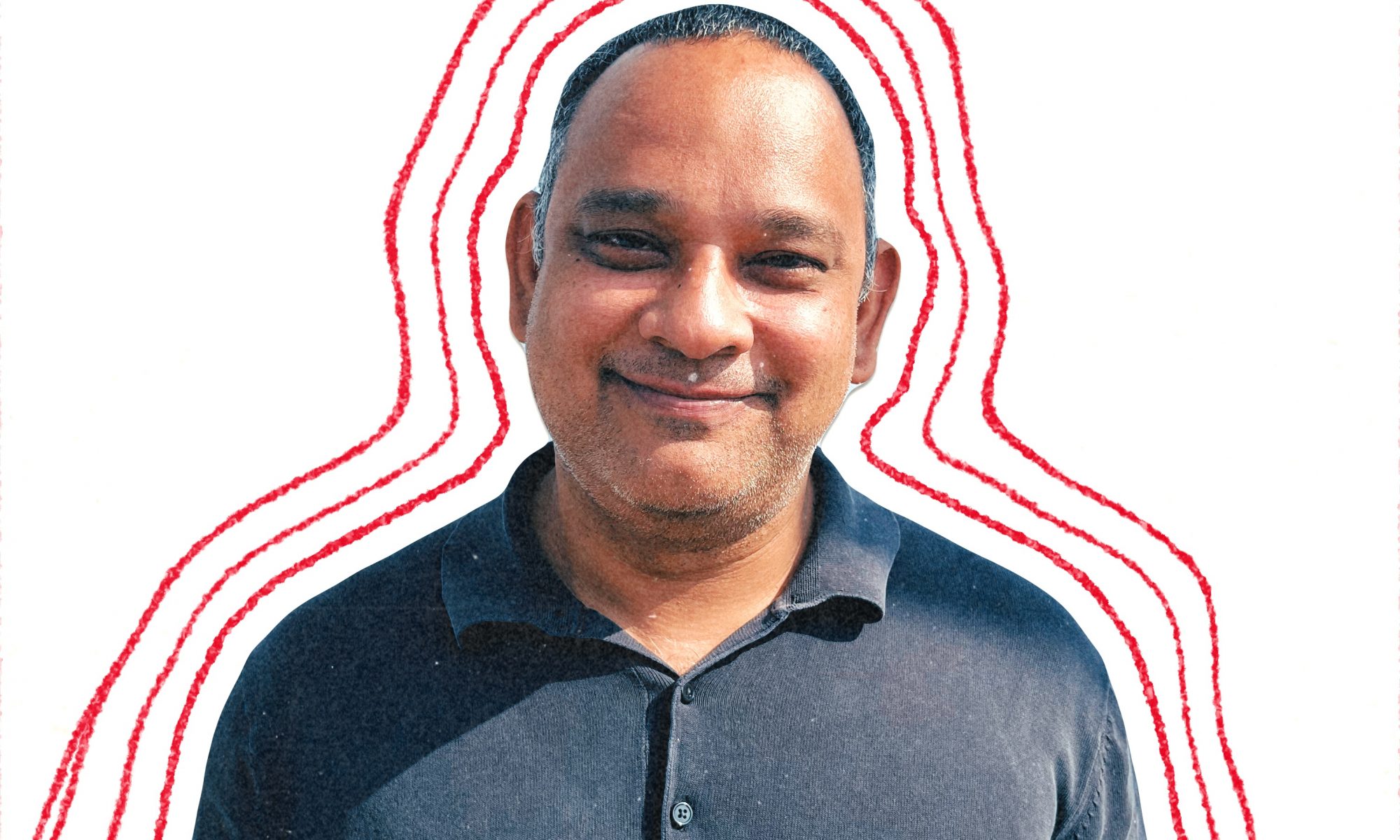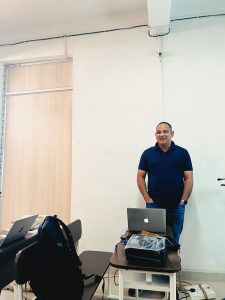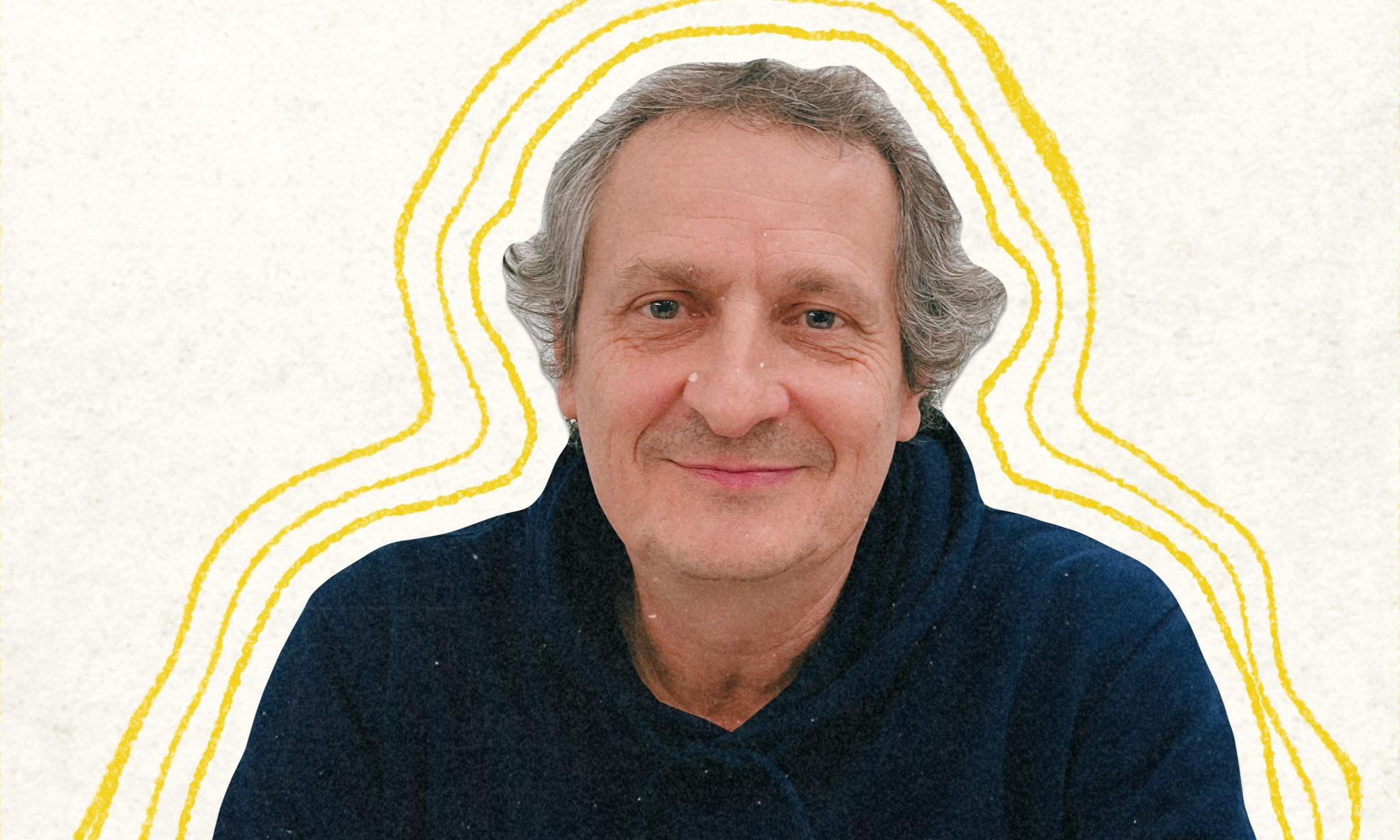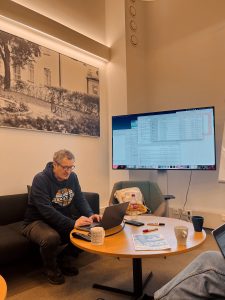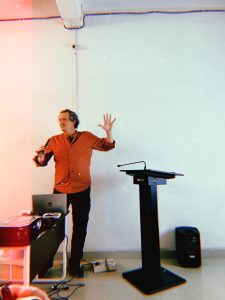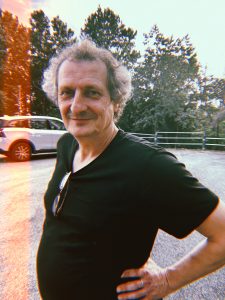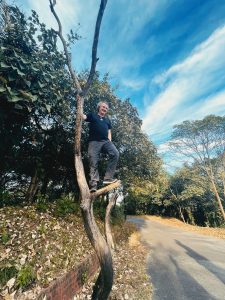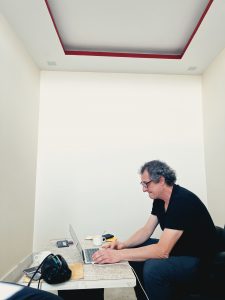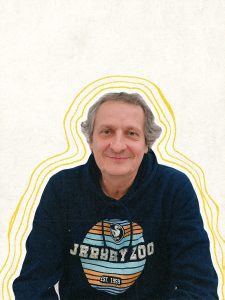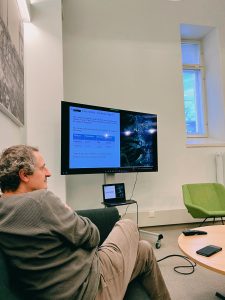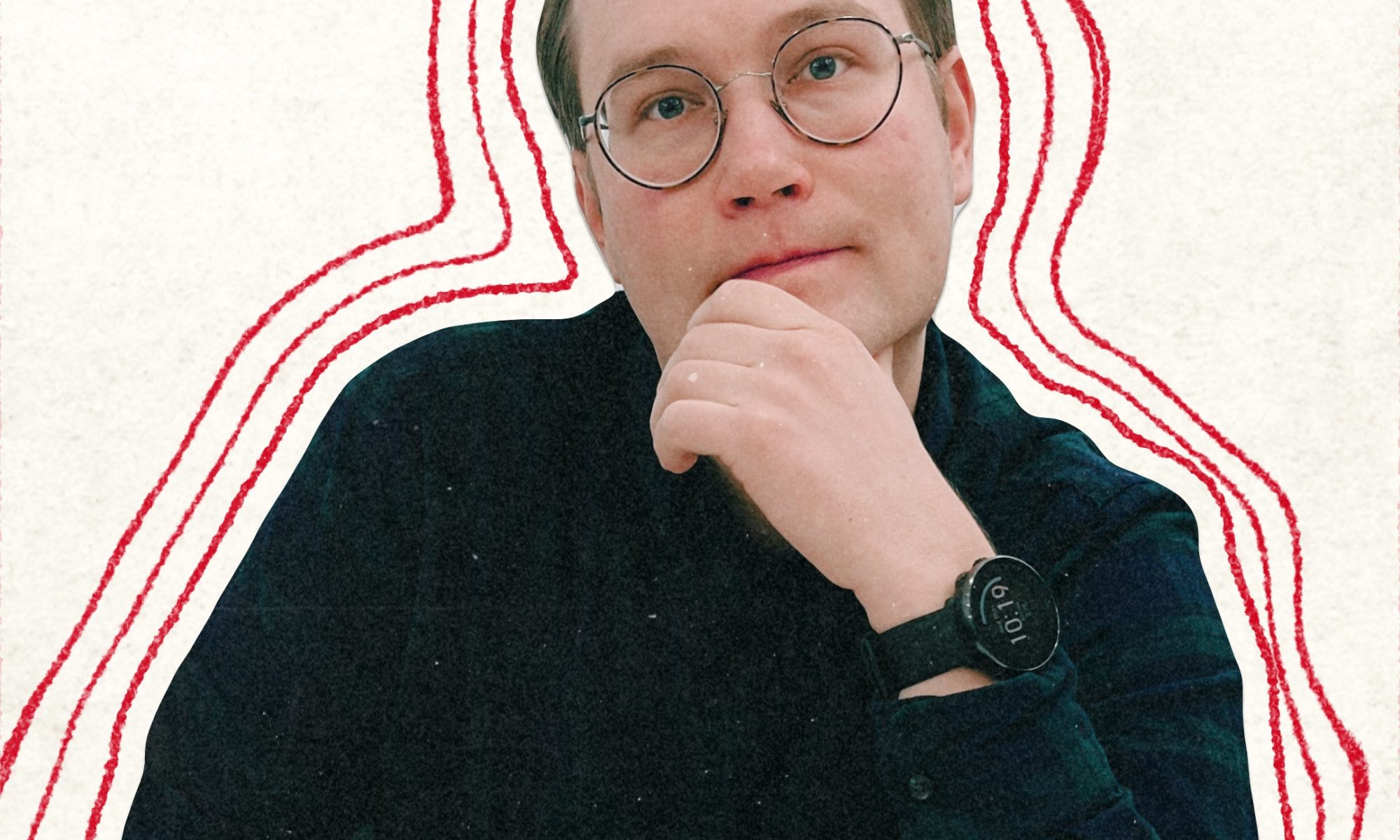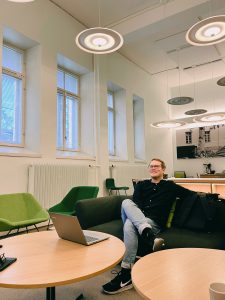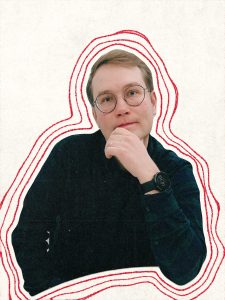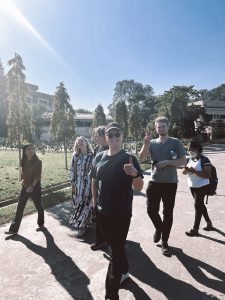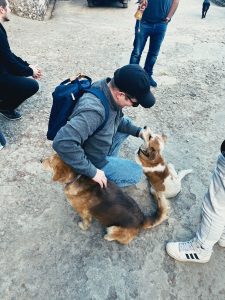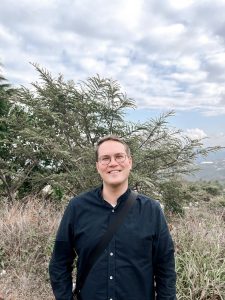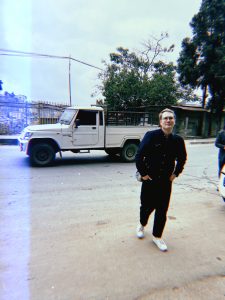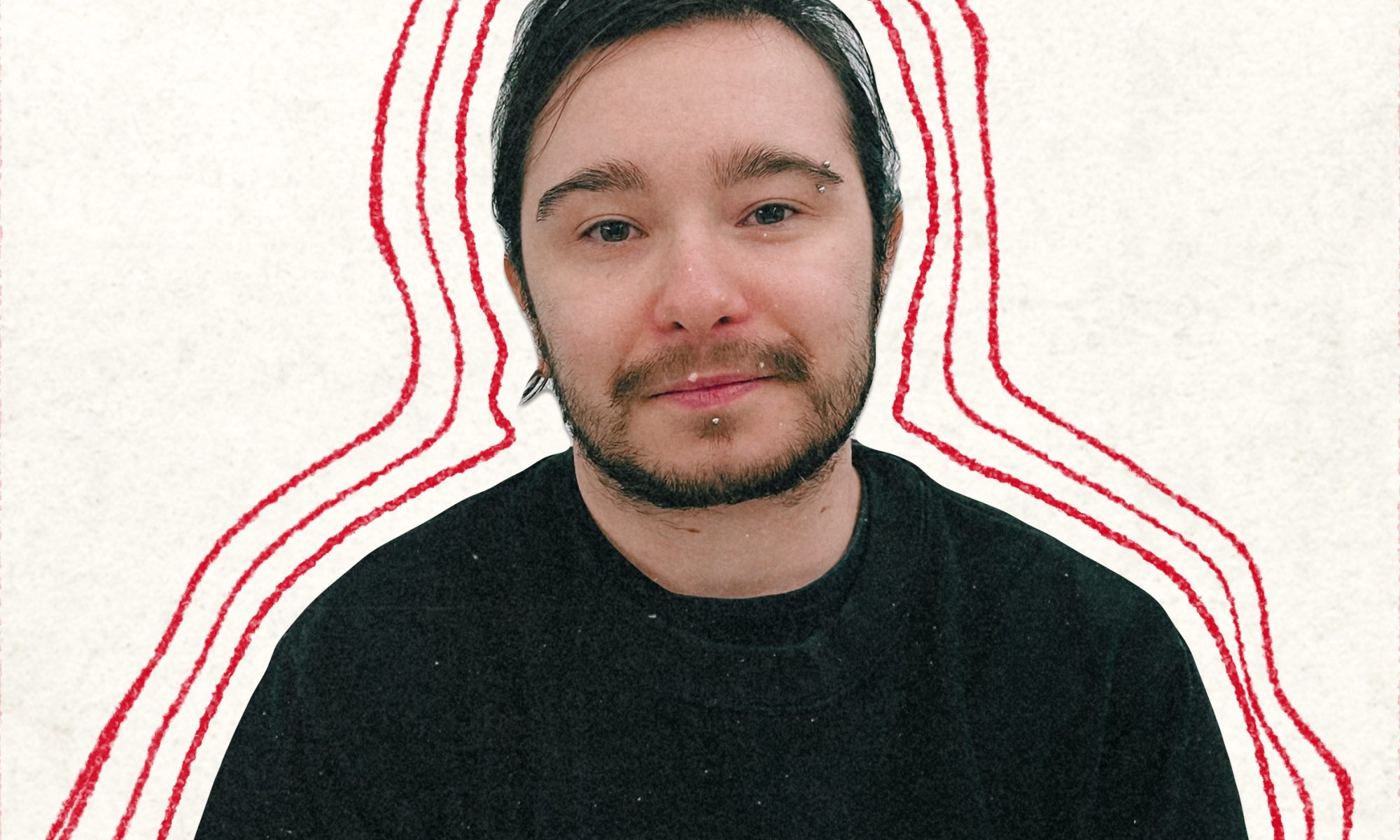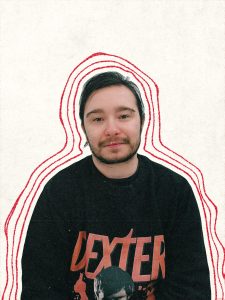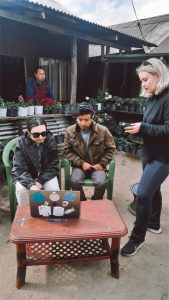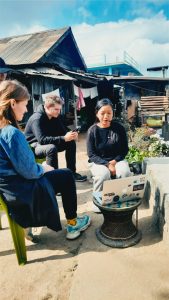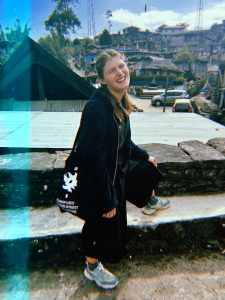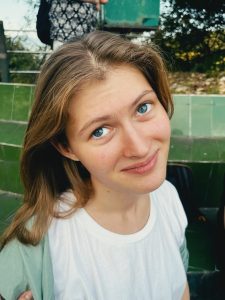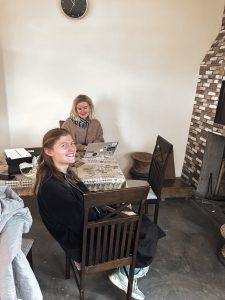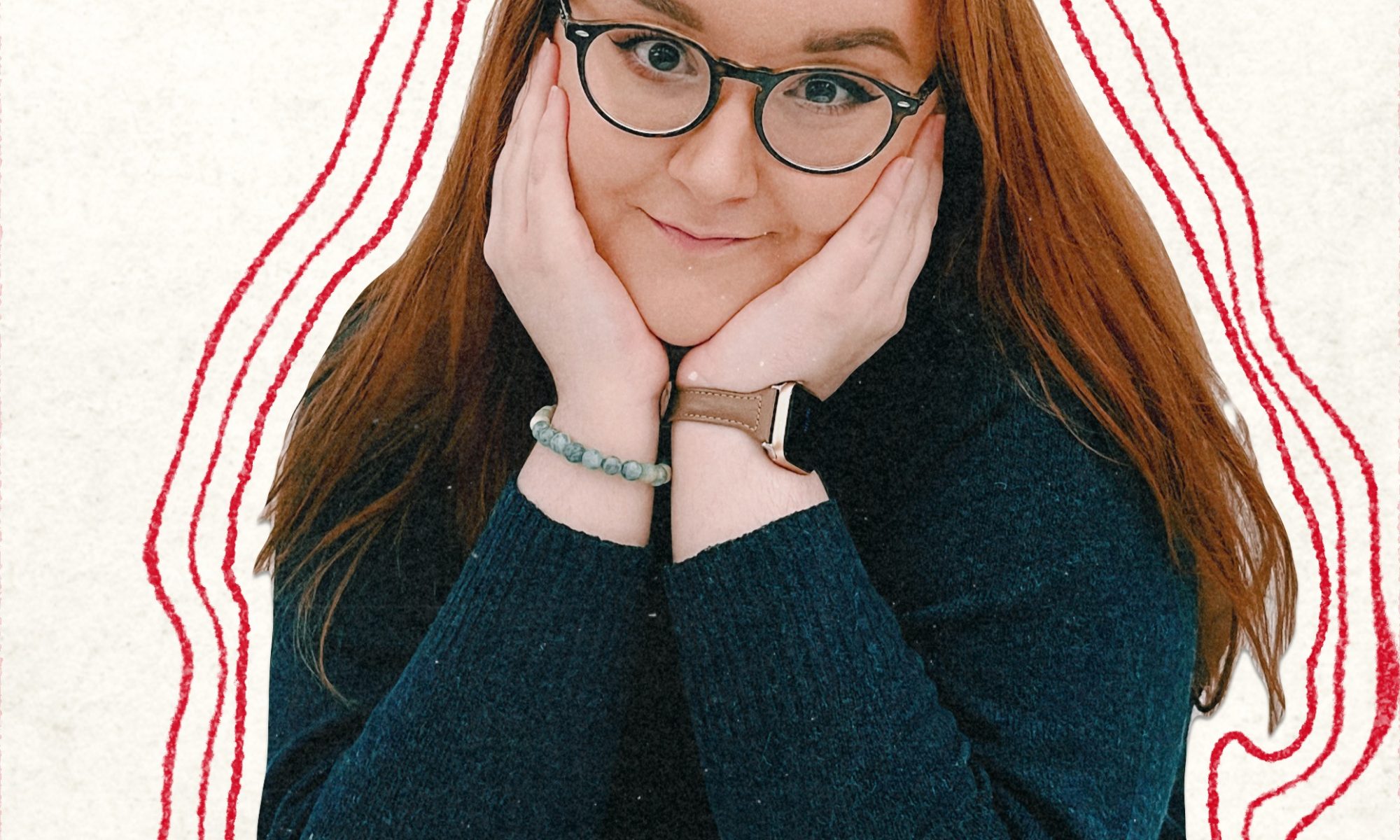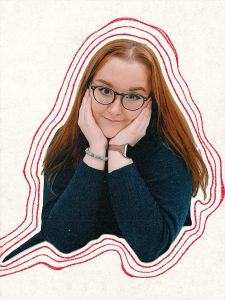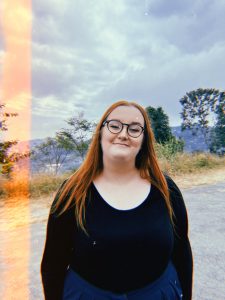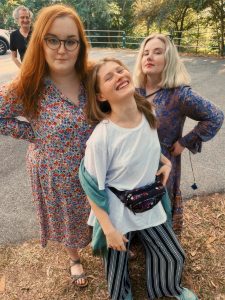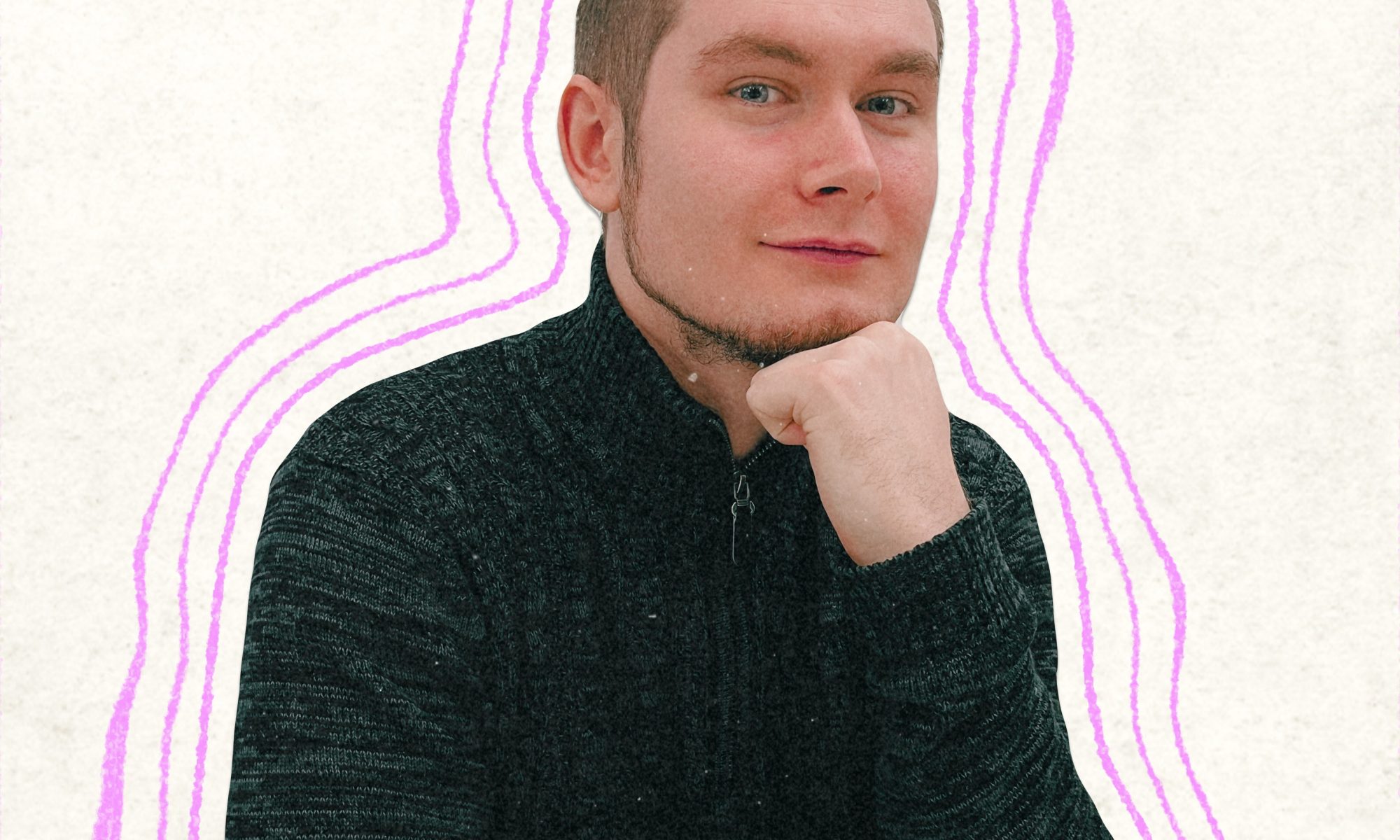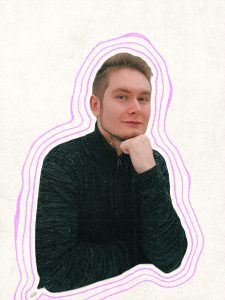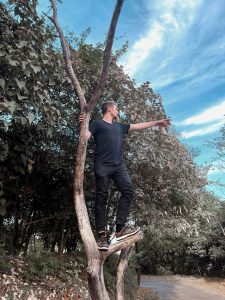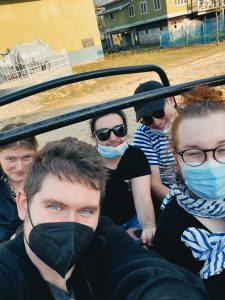On the 10th of December, both teams traveled from Guwahati to Kohima, Nagaland. During the travels, more practical preparations for data collection were discussed, including meeting with a local guide experienced with fieldwork and recording speech in the area. On the 11th of December, the UH team went through the mandatory check-ins at the Nagaland police regarding entering the area. Social media guidelines and the promotion of our project on the Internet were also carefully discussed. It is always important for us that obtain consent from our informants not only in regard to elicitation but also when taking photos of them. The teams also had in-depth discussions on the reality of fieldwork, time management, planning, and on expectations of what can be done in a limited time period. It was established that this project, like others, wouldn’t be without its challenges.
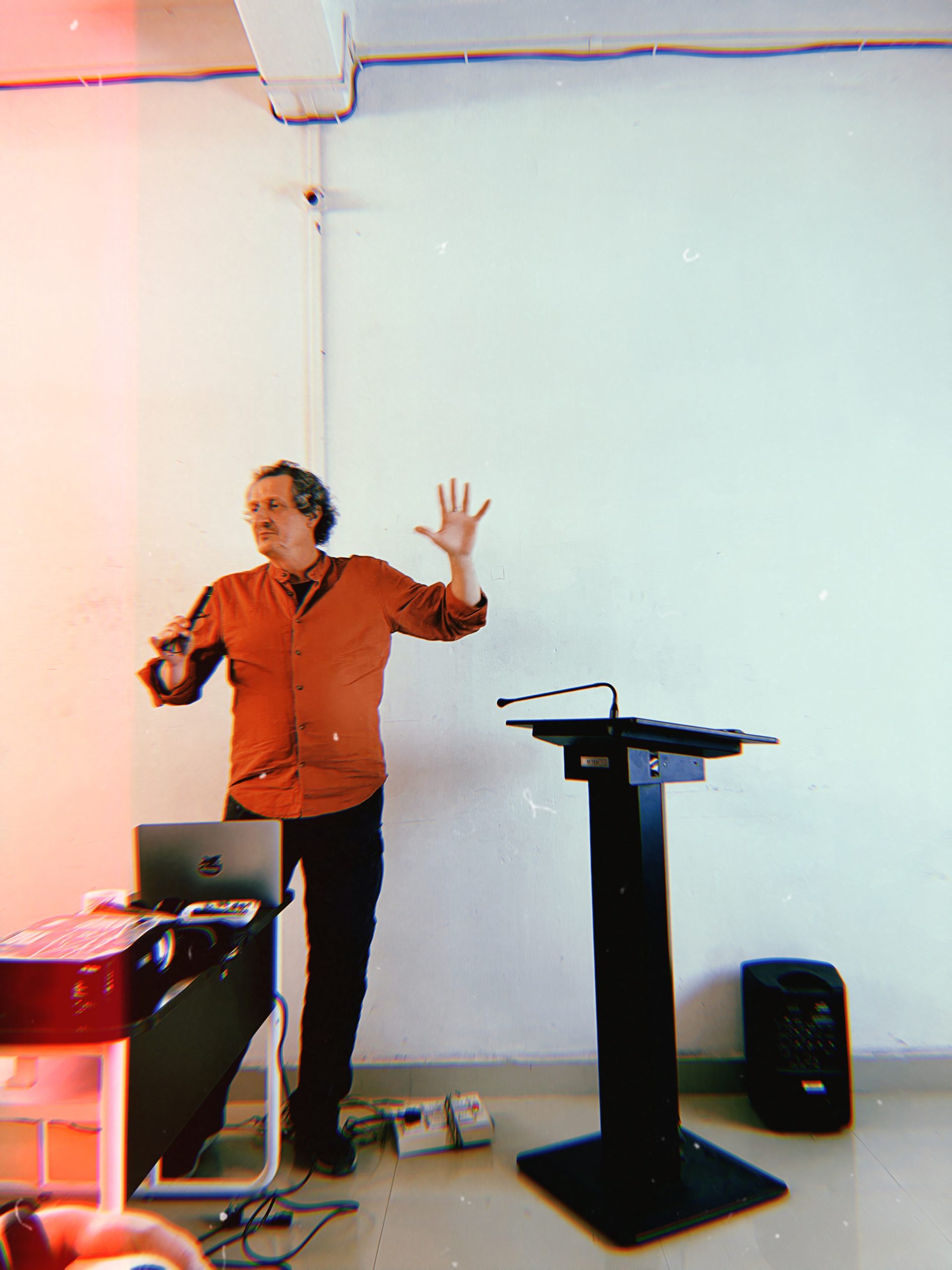
The final preparations for data collection were made, and a small-scale pilot experiment was also conducted. The stimuli were prepared to be presented using a slideshow on a laptop rather than, for instance, using paper and printed pictures. The stimuli were also backed up to multiple computers. Settings for the recording equipment were investigated and calibrated to suitable levels. Possible interfering factors regarding the speech signal and how to avoid them, such as background noise, interfering noise from technology and cellular signals, as well as room echo, were discussed and planned for.

A pilot experiment was not conducted for the sentence reading task since it has been conducted in the past multiple times. The picture naming task was piloted with 10 words, where our local guide and experienced fieldworker, and informant was the participant. He suggested the presentation of the carrier sentences in English alongside the pictures, which means that the task was a translation task from the English sentence to the speaker’s dialect of Angami, and this modification was made.
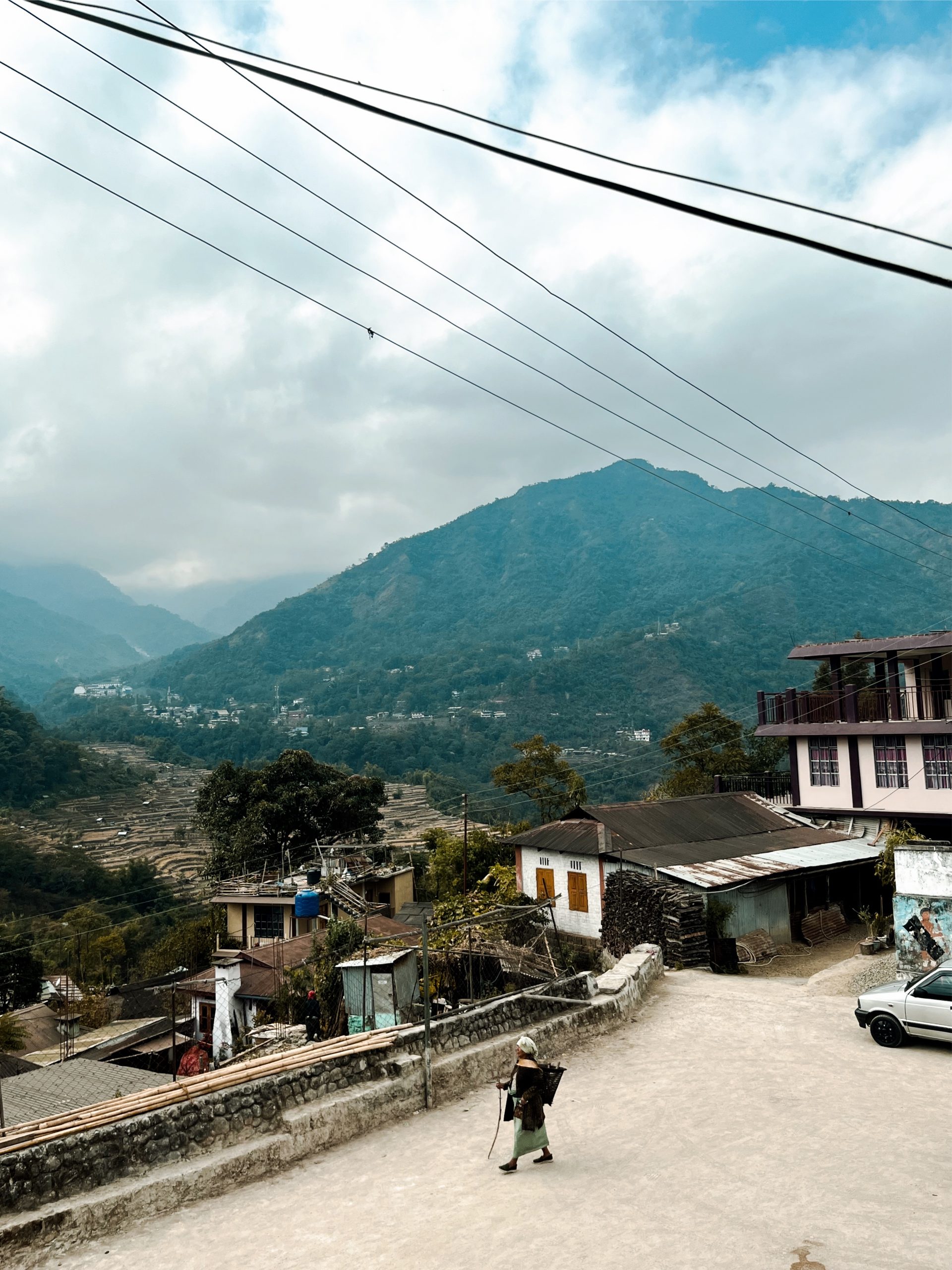
It was also decided that the participants should take part in the picture naming task, in which they use their own dialect, first and then the sentence reading task, in which they use standard Angami to make sure the reading of standard Angami doesn’t influence the tones of the speaker in the dialect task. The possible transferring of tones between tasks, and also between carrier sentence and target word, was also discussed, as well as some possible tonal realizations that might be speaker-specific rather than dialect-specific, and also how grammatical markers might influence tonal realizations.

On the 12th of December, one part of the team, including Juraj Šimko, Priyankoo Sarmah, Joona Rajala, and Monika Murgová, headed to Nagaland University to give lectures on the current speech research conducted both at the UH and at IITG.
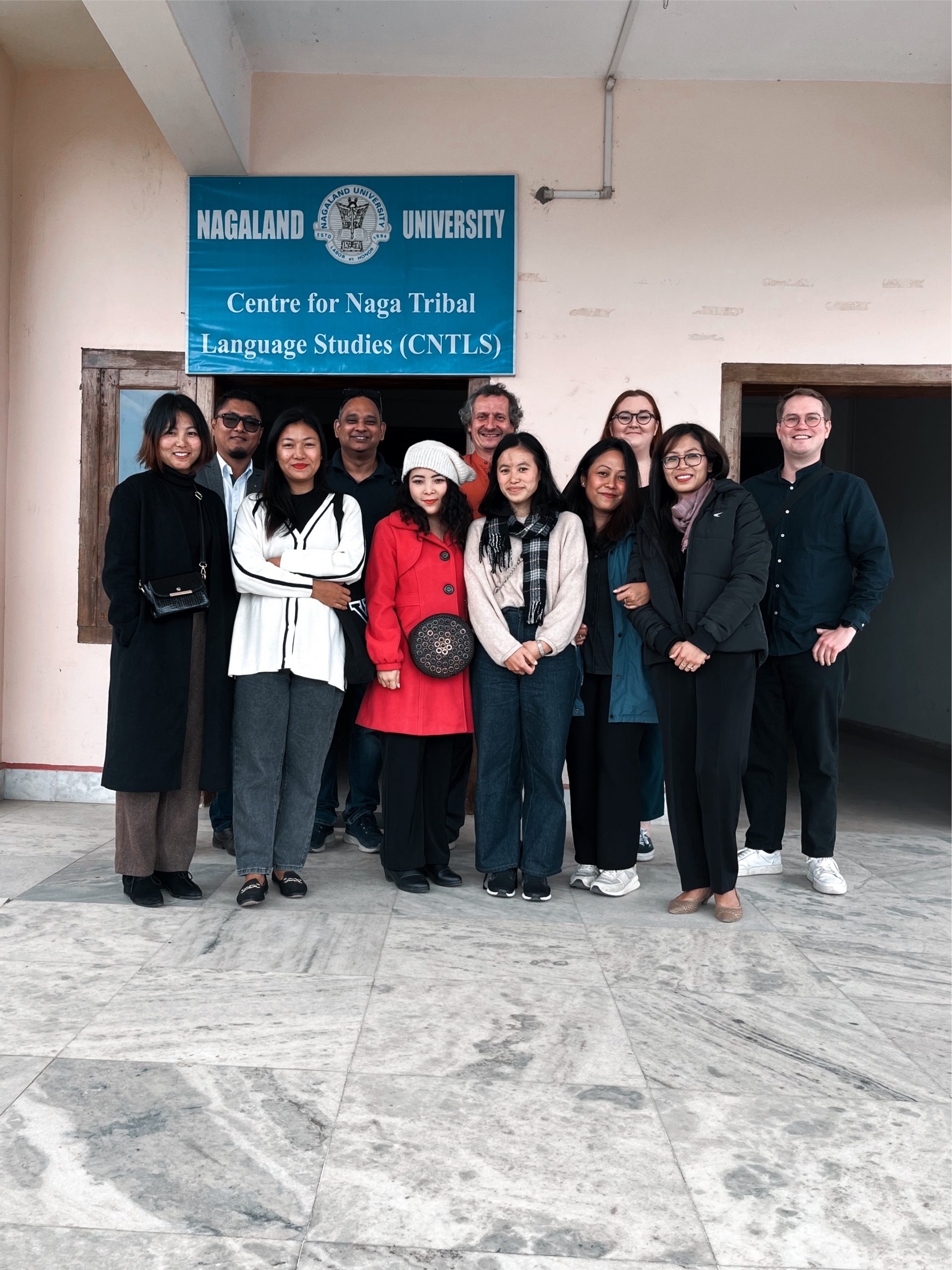
The 12th was also the first day of data collection, and it was conducted in the village of Jotsoma, located some 9 kilometers from Kohima westward. The fieldwork team included Anna Busheva, Ida-Lotta Myllylä, Daniel Pietschke, Kyan Wayman, and local Ph.D. candidates, Viya and Zhoeni. The day started with meeting and getting to know the locals and visiting different parts of the village. The data collection was conducted in two sessions. During the first session, five speakers took part in both speech tasks, first completing the dialect picture naming task and then the sentence reading task. All speakers were from the same khel. The second session included one speaker, meaning that in total, six speakers from Jotsoma village were recorded.
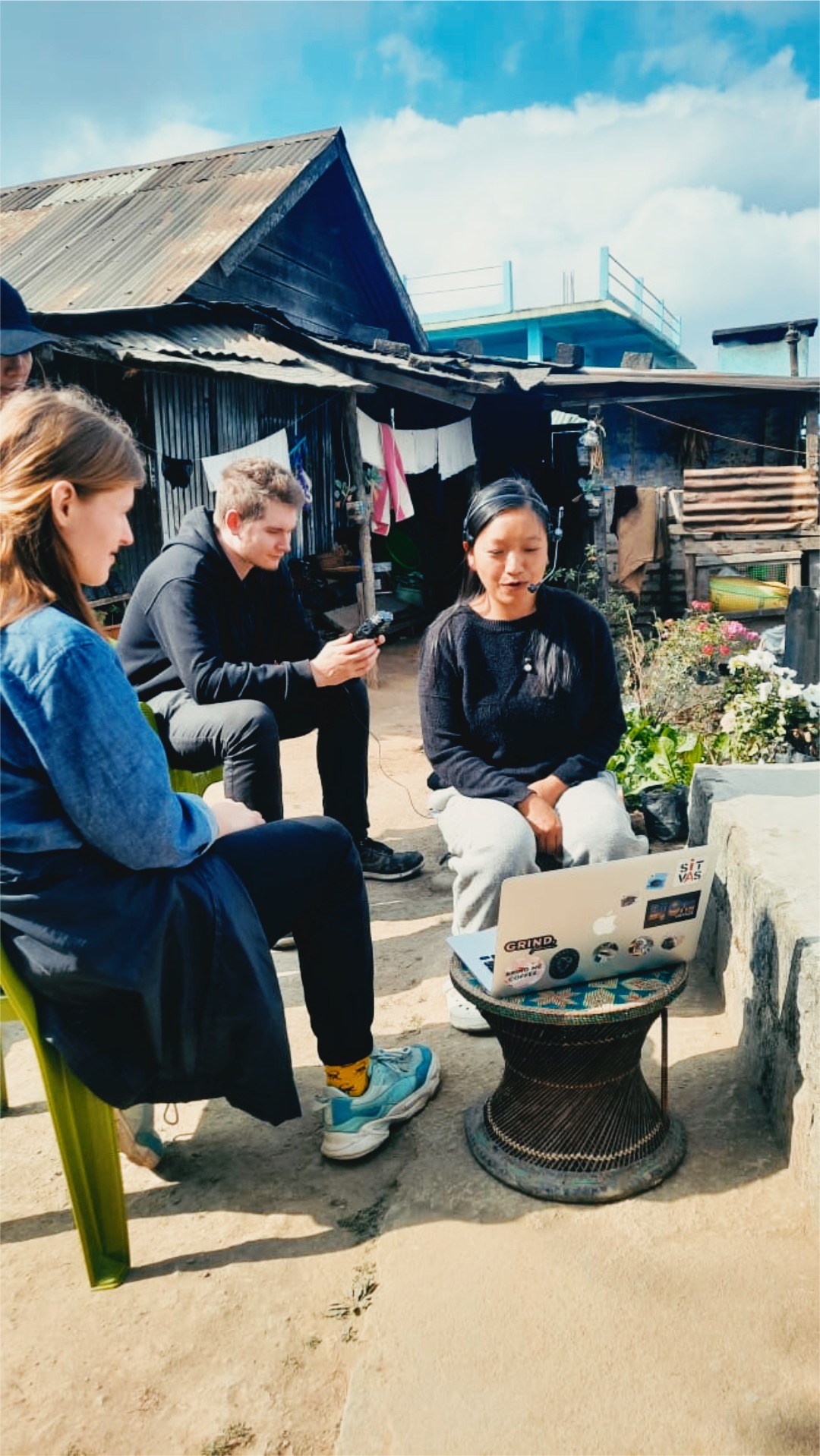
The recording equipment was, as described above, a Tascam and a headset microphone adjusted at 1 inch from the speaker’s mouth. The stimuli were presented using a laptop placed in front of the speaker at a sufficient distance. For each speaker, the order of the stimuli presented was randomized. The recordings were conducted outside to minimize room echo, and cellular interference was disabled by turning off nearby mobile phones.
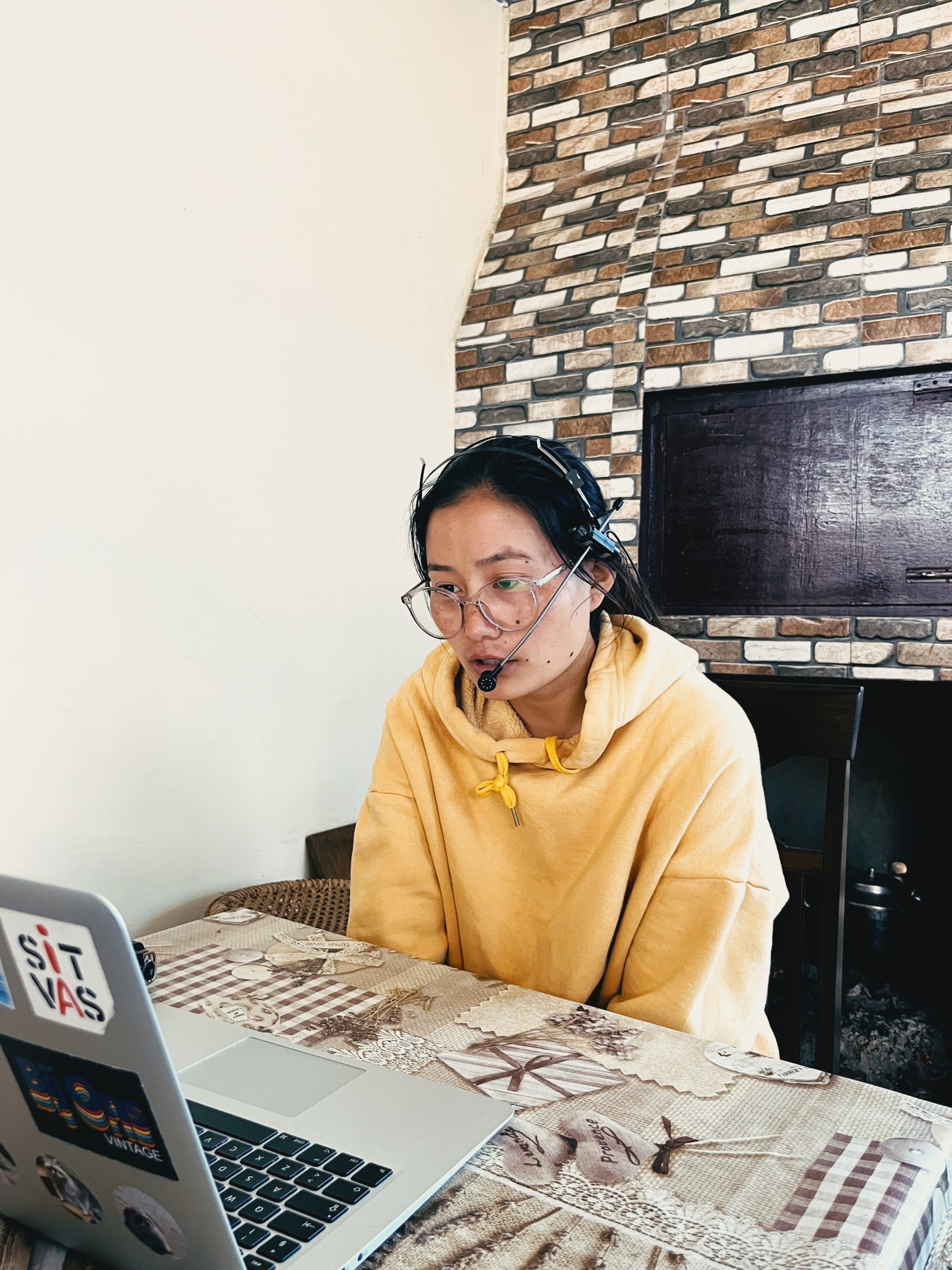
Each participant was carefully informed about the background of the project and the purpose of data collection, and the nature of the task before starting the recording. The instructions included the notion that the participant could pause or stop the experiment at any time without punishment. The recordings did not commence without oral consent from the participant. For the sentence reading task, participants could read the sentences to themselves to get acquainted with them and to avoid excessive hesitations and reading intonation during recording. Of course, the speaker could at any time repeat a sentence or word if they wished so or skip entirely words they didn’t know. Each recording included the name, age, and home village of the speaker. No written materials were collected. Each recording lasted approximately 3-7 minutes, depending on the speaker and the possible amount of repetitions and corrections. During the picture naming task, most of the recordings include discussions between the participant and researcher about possible synonyms for the word the participant said.
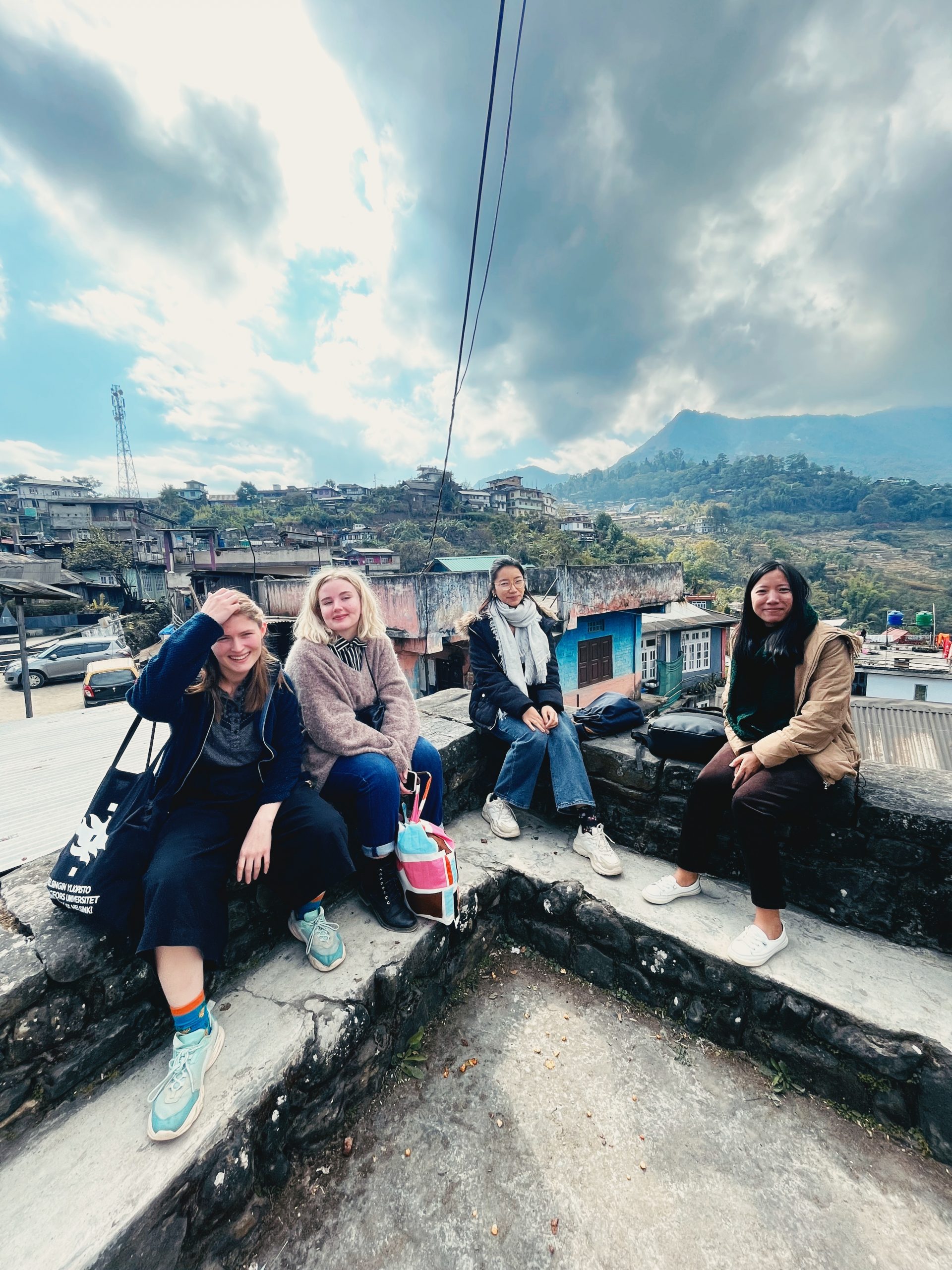
After both sessions, stimuli randomizations were prepared for the following day, as well as backing up the data.

On the 13th of December, the rest of the data was collected in Kigwema village, located some 16 kilometers from Kohima southward. The fieldwork team consisted of Ida-Lotta Myllylä, Anna Busheva, Joona Rajala, and Kyan Wayman. As in Jotsoma, the team went around the village to get to know the local people and the surroundings. In total, four speakers were recorded during this day, two in session one and two in the remaining session. The recordings were conducted with the same process described above.
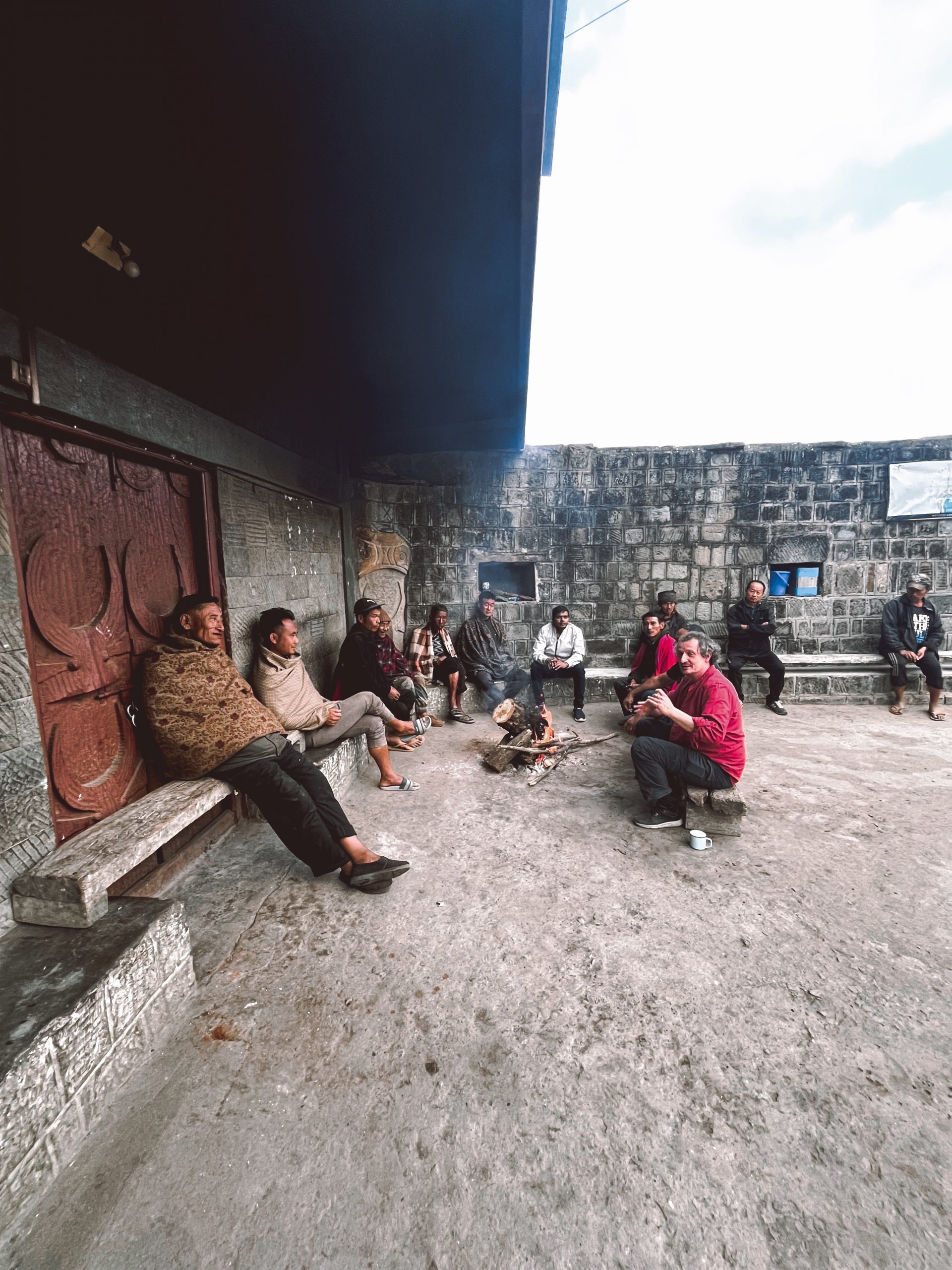
Yesterday was primarily dedicated to getting to know the speakers of Angami better. Our team went around Kigwema village, talked to the local people, and observed the interviews with the speakers, who shared with us their knowledge about their dialect and language and gladly talked to us about their families, customs, and life in Nagaland. We also have gifted local people a few books about Finland and Helsinki to their community library so children and adults can learn about our country.
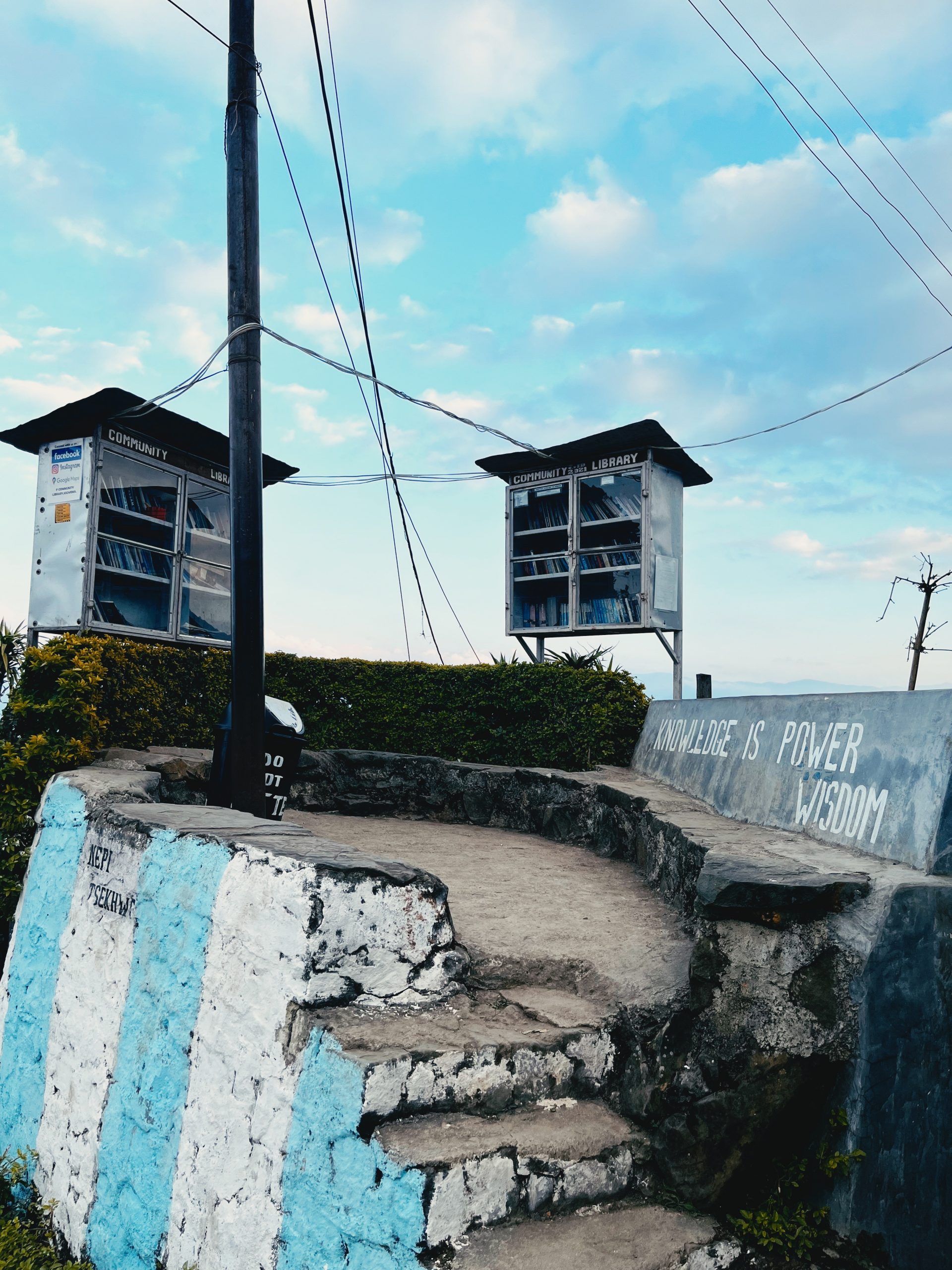
When the interviews were over, we visited the village student union director and talked about Naga cultural traditions, community spirit, and the importance of language preservation.

Our last day was spent on a Safari! With our Indian friends, we experienced Kaziranga national park near Golaghat in the state of Assam. This national park hosts two-thirds of the world’s great one-horned rhinoceroses. Kaziranga is a UNESCO World Heritage Site where we saw not only beautiful rhinoceroses but also elephants (even the baby ones! 🐘), swamp deers, and many different species of birds. Kaziranga has achieved notable success in bird and mammal conservation within India.
And now back to Finland to look at the data 🔎
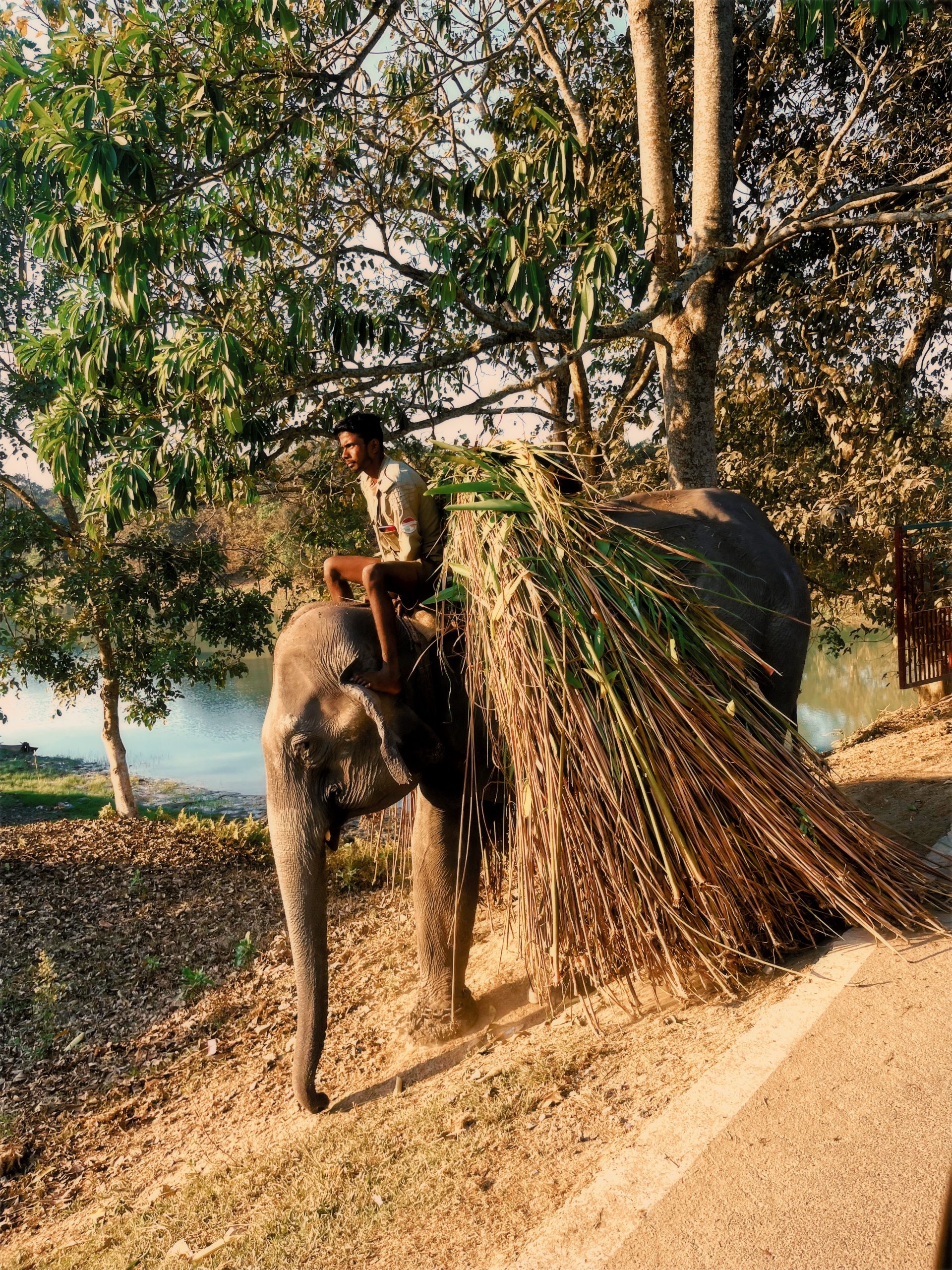
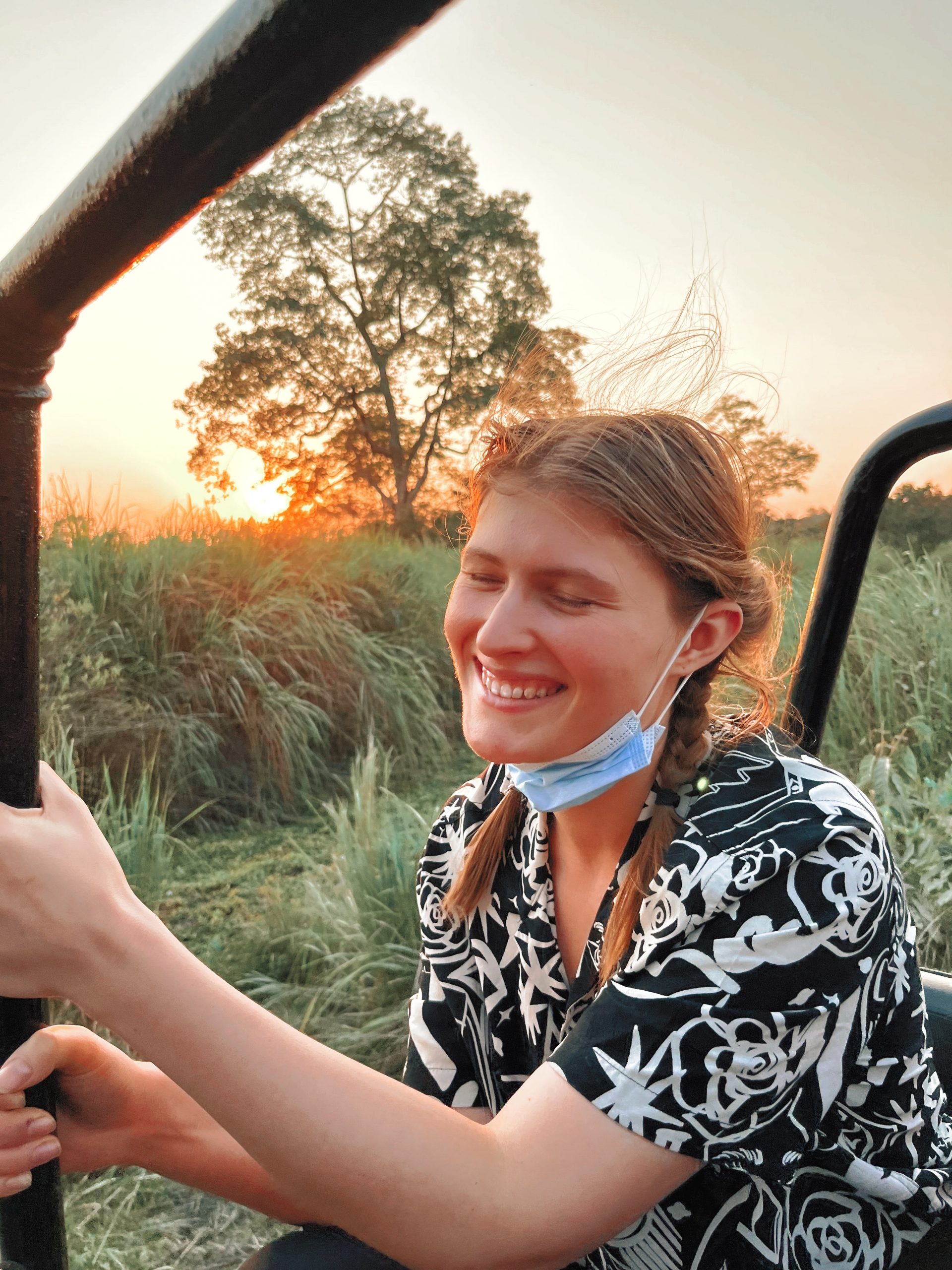
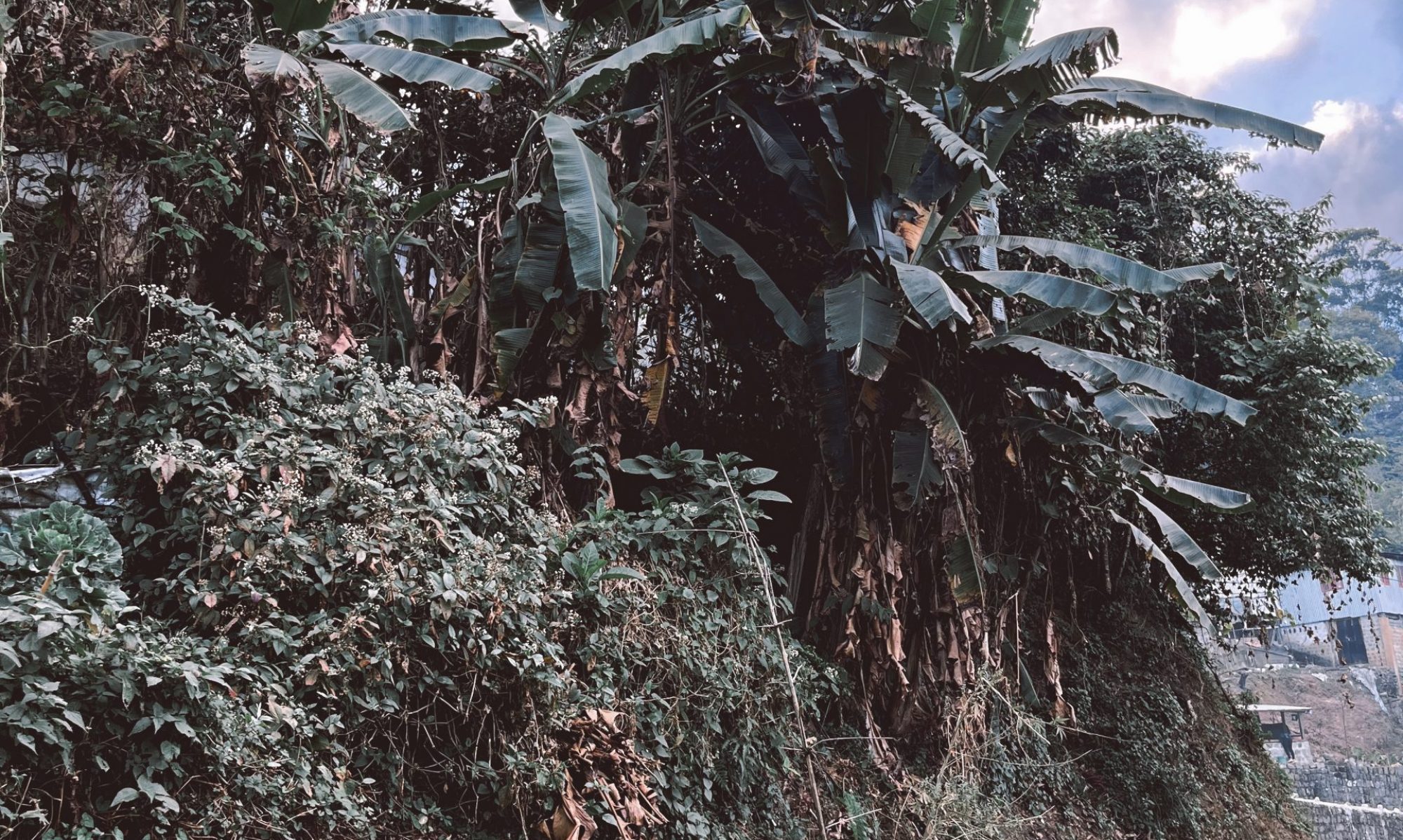


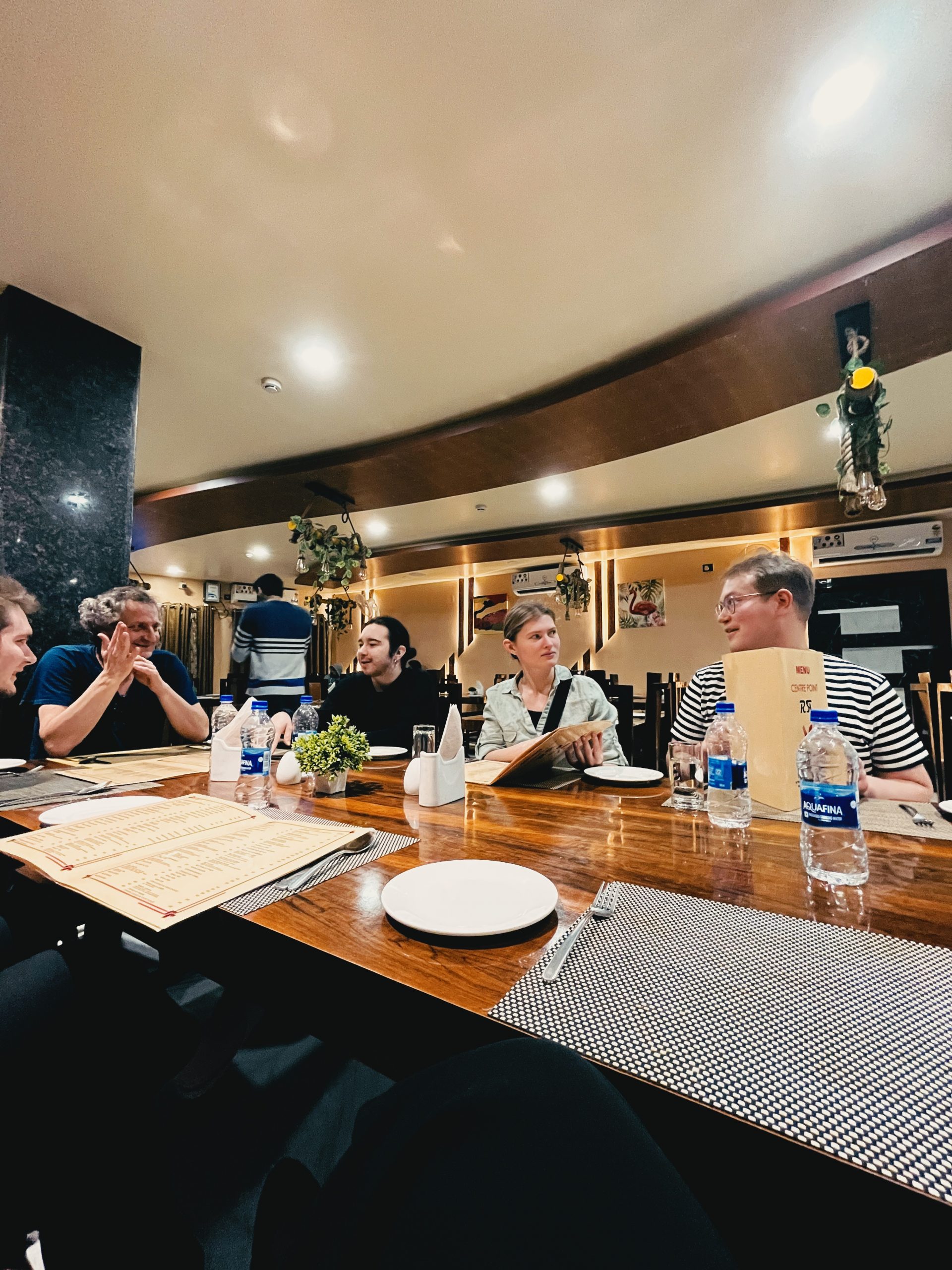

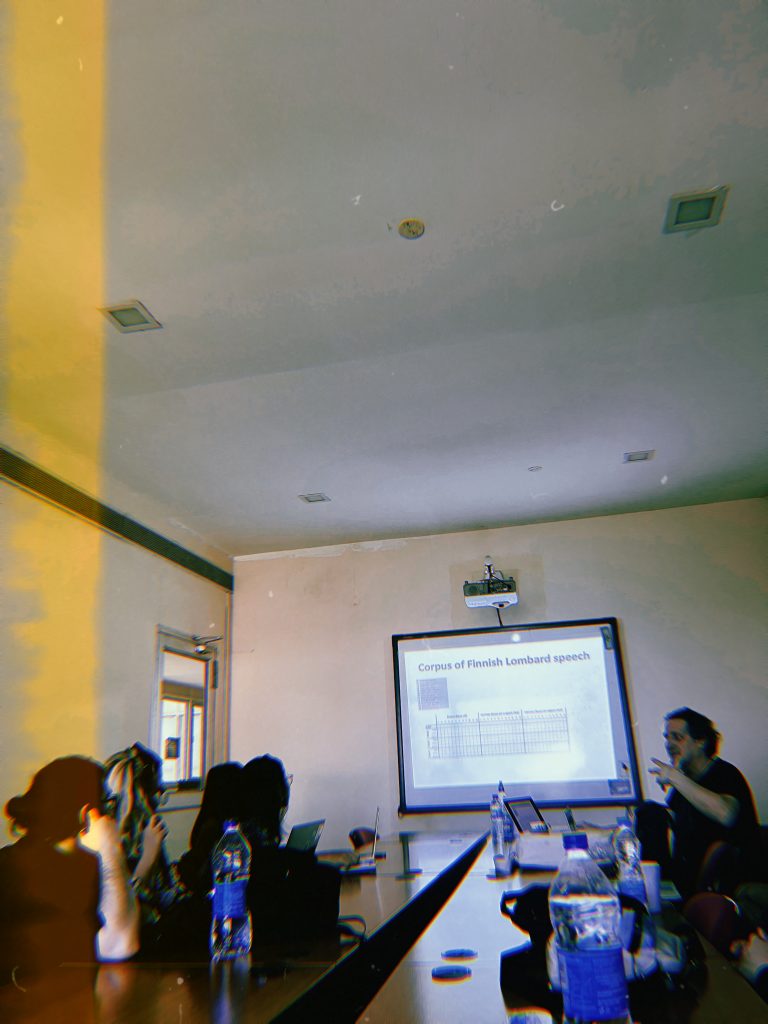
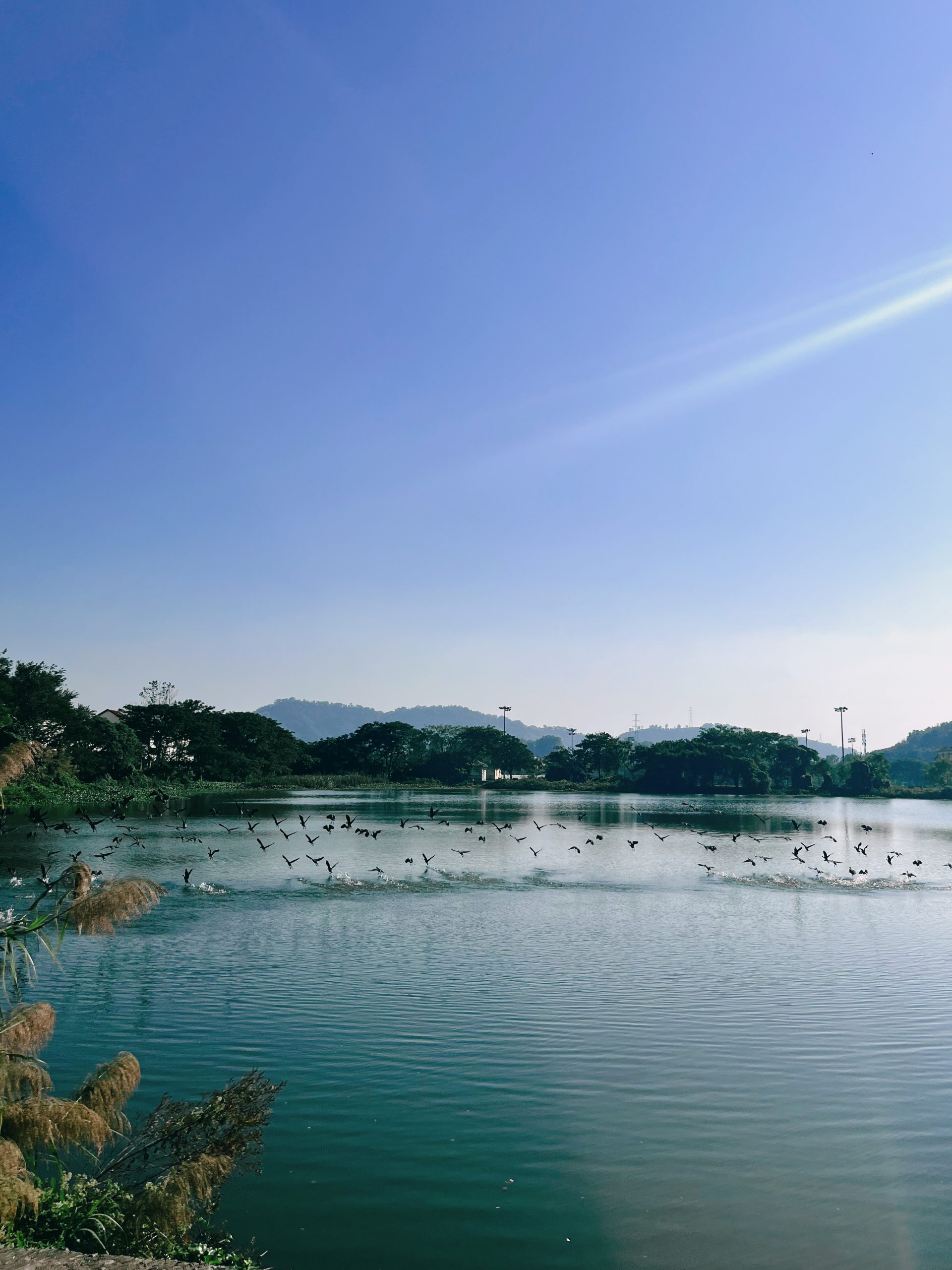
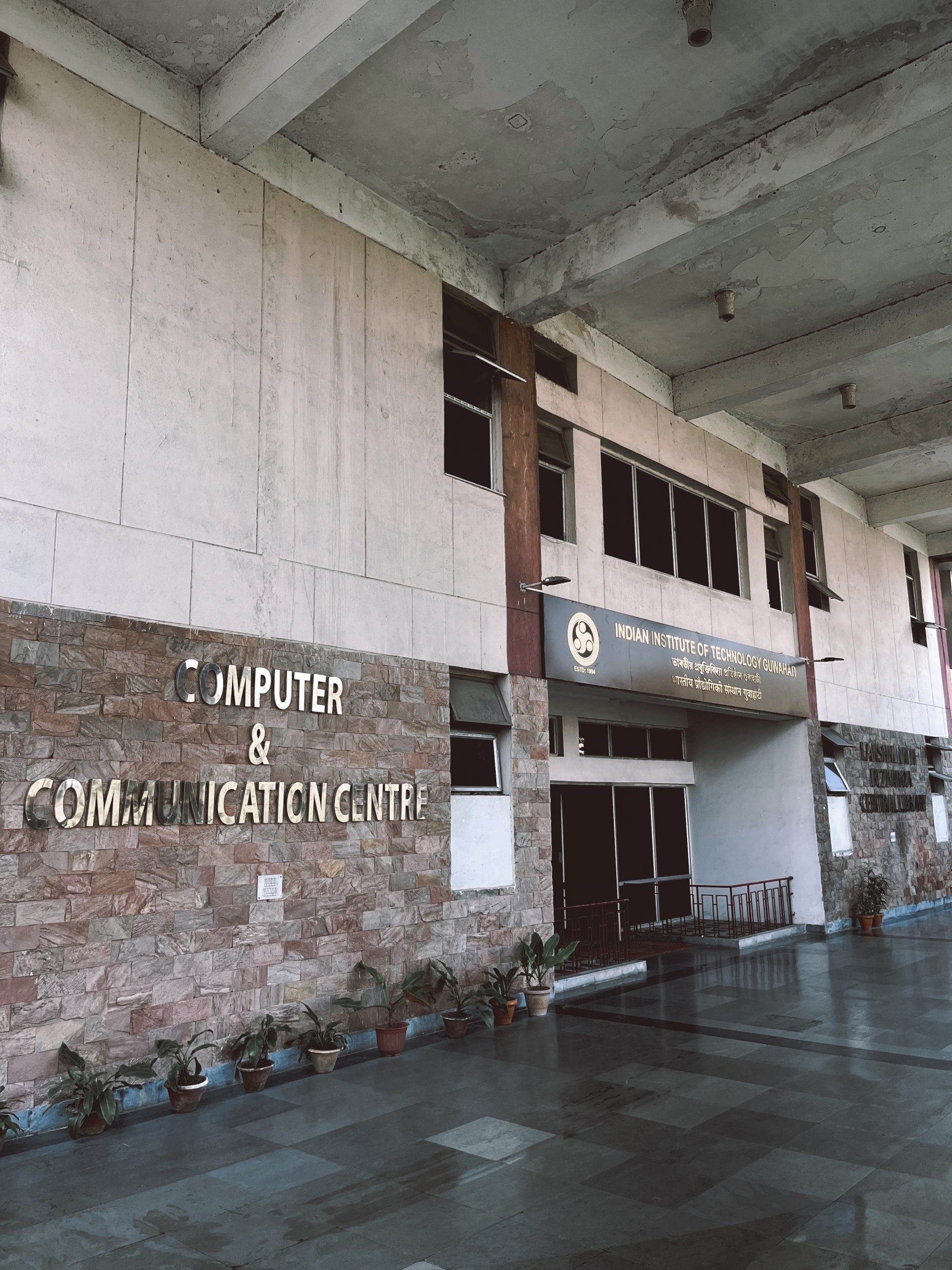
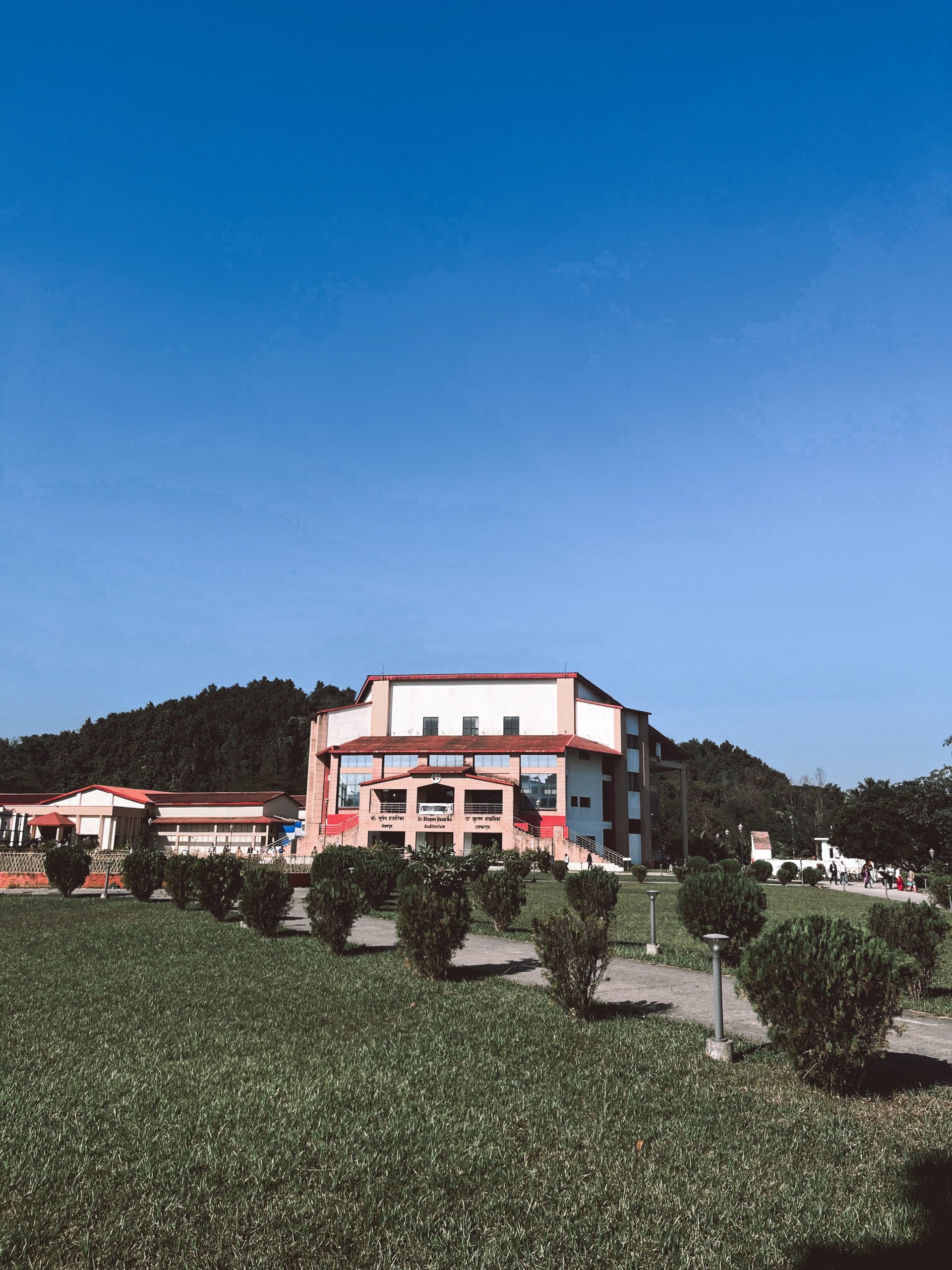
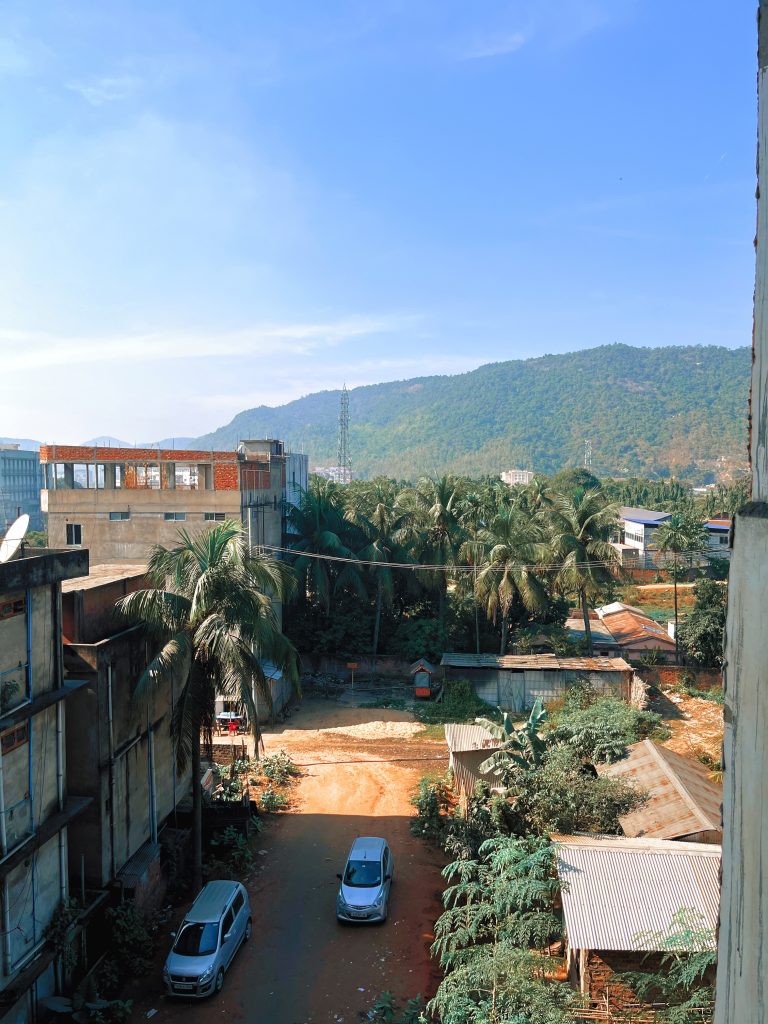
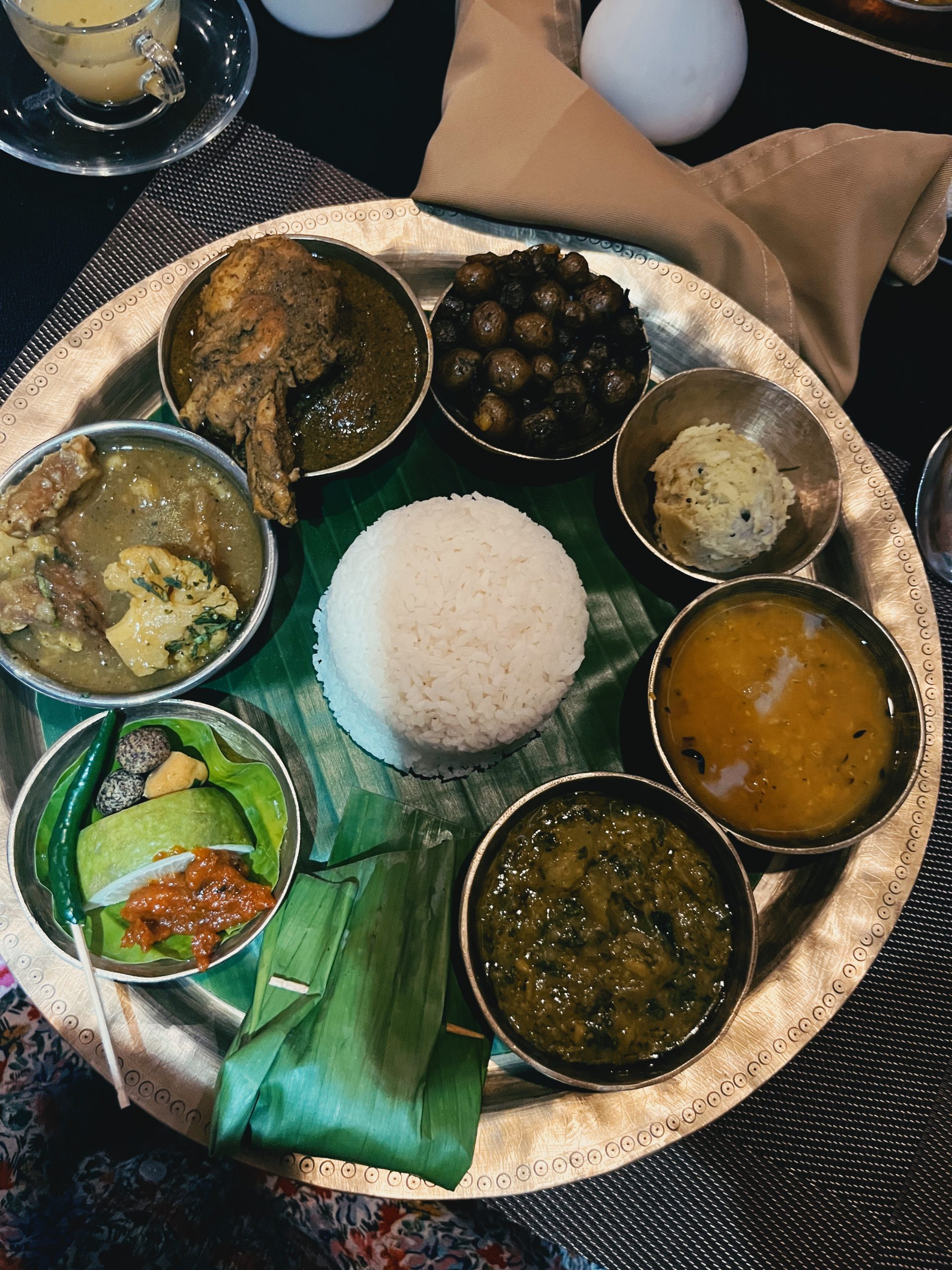
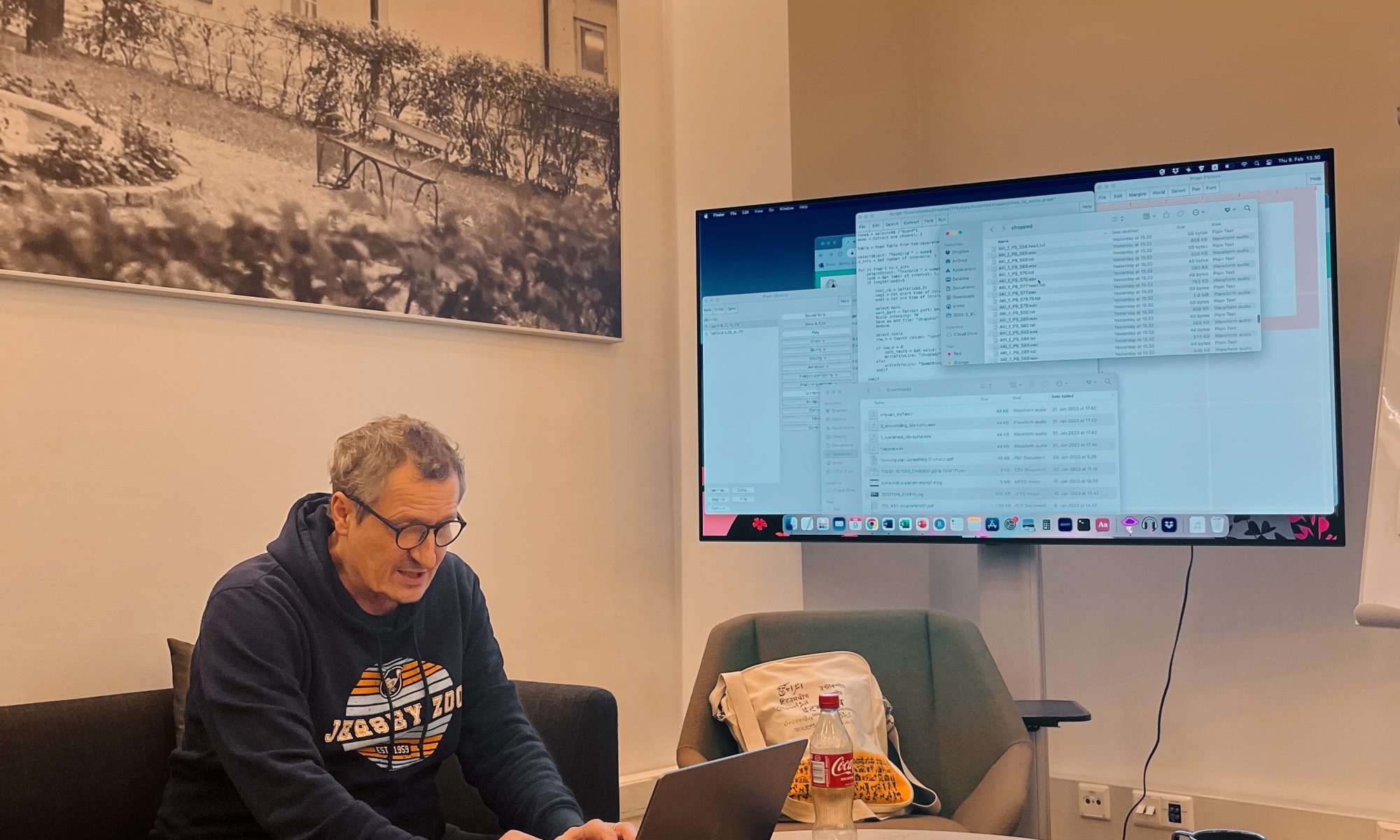
 After weeks of preparations and weekly meetings with our colleagues at IITG, we packed our bags and began our journey to India. We wrote everything down on Instagram and in our project diary, and now we will merge the two in the following posts.
After weeks of preparations and weekly meetings with our colleagues at IITG, we packed our bags and began our journey to India. We wrote everything down on Instagram and in our project diary, and now we will merge the two in the following posts.